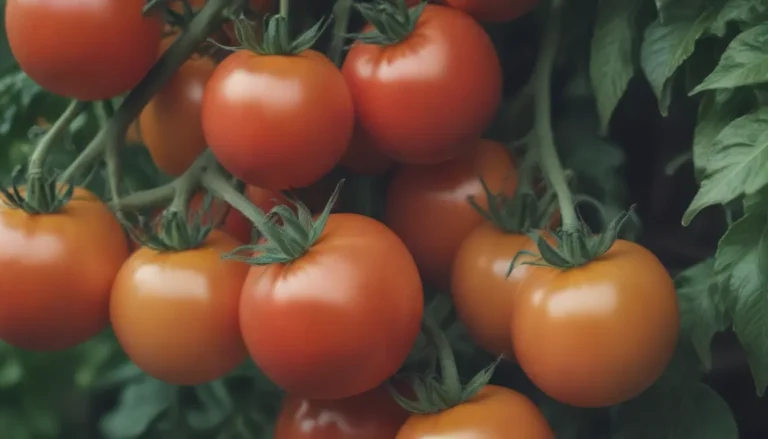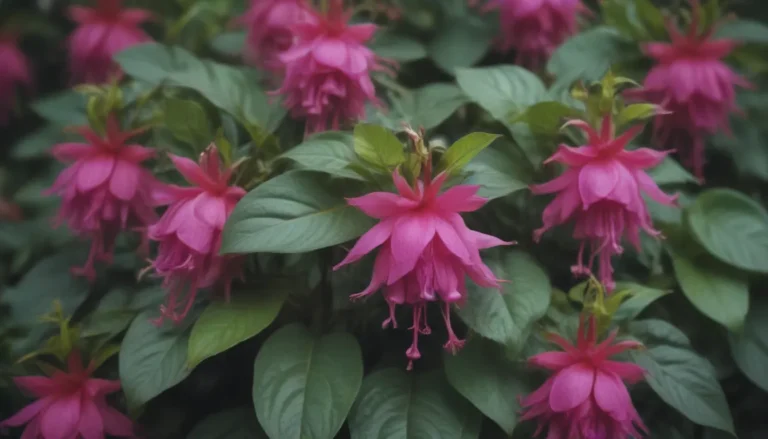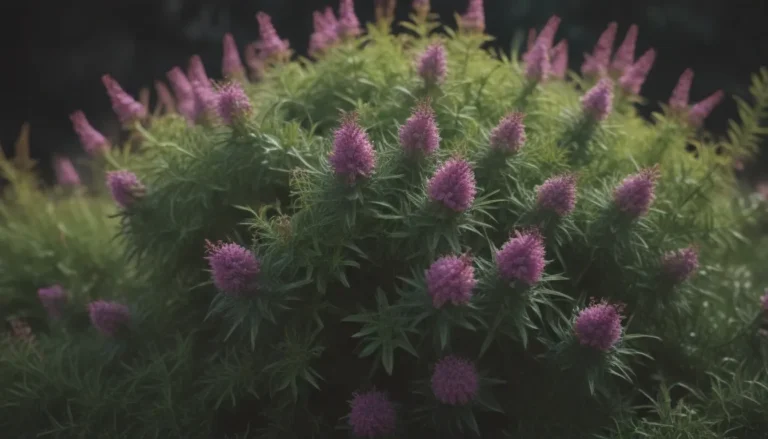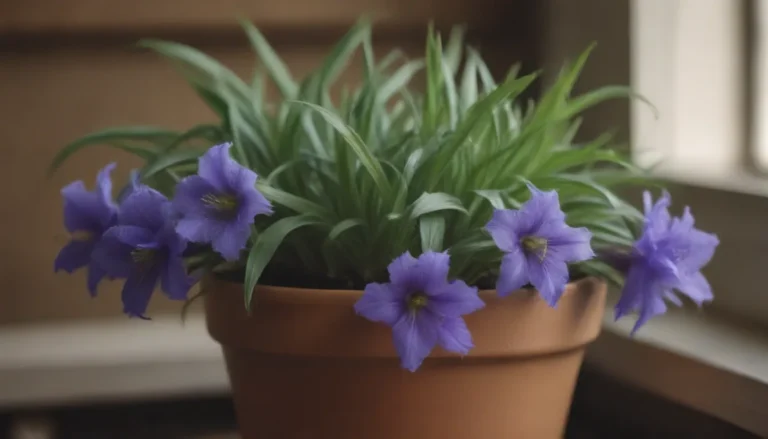The Fascinating World of Tree Burls: What You Need to Know
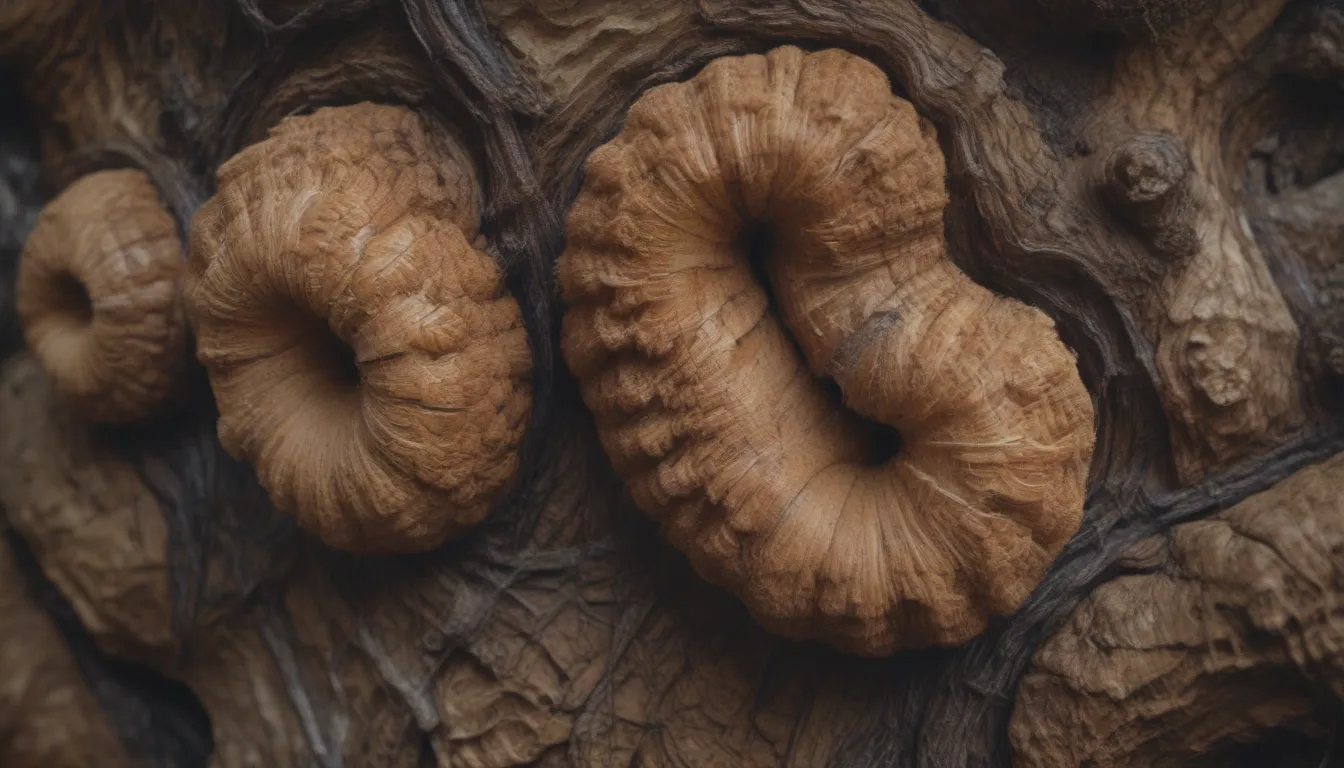
Are you someone who has looked at a tree and noticed a strange, bulbous growth on its trunk or branches? If so, you might have come across a tree burl. While these woody growths may seem out of place, they actually have a fascinating story behind them. In this in-depth article, we will explore everything you need to know about tree burls – from what they are and how they form, to why they are prized by artisans and how they can be harvested. So sit back, relax, and let’s delve into the intriguing world of tree burls.
Unveiling the Mystery of Tree Burls
A tree burl, also known as a “wood burl,” is a peculiar, bulbous growth that can be found on tree trunks and branches. These formations are a result of stress that the tree has undergone during its lifetime. While burls may initially raise concerns for some tree owners due to their unusual appearance, it’s essential to know that they do not indicate any health issues for the tree itself. In fact, many artisans value burls as raw materials for creating exquisite furniture pieces, vases, and other artistic products.
What Is Burl Wood?
Tree burls can sometimes even form below ground level, although they are more commonly observed on a tree’s trunk or branches. These growths can vary significantly in size, with larger burls often attracting the attention of woodworkers for their potential use in crafting table tops and other specialized items. Despite their irregular shapes, it is advisable not to remove burls from trees, as doing so can leave the tree vulnerable to disease. Instead, appreciate these natural oddities or consider professional assistance if needed.
Understanding the Growth of Tree Burls
The process of burl wood formation is still a subject of ongoing research, as scientists strive to unravel the complexities of this unique phenomenon. Stress serves as the primary trigger for burls, prompting trees to develop these distinctive growths as a defense mechanism. Various stressors, such as insect infestations or fungal attacks, can disrupt the normal growth patterns of trees, leading to the formation of burls. Over time, tissue from unopened foliar buds accumulates within the burl, creating layers of undeveloped bud tissue. As long as the burl remains covered by bark, this tissue remains protected from external harm, allowing the burl to grow and evolve over decades.
Harvesting Burl Wood: A Labor of Love
To harvest burl wood, it is crucial to understand that cutting a burl off a tree can harm the tree itself. Therefore, part of the harvesting process involves felling the entire tree, especially if multiple trees on your property possess burls. It is recommended to seek professional assistance for felling larger trees, as the use of chainsaws can pose significant risks. Once the tree is down, make precise cuts below and above the burl, preserving the grain for future use. Apply end grain sealer to protect the exposed surfaces and store the burl in a dry environment to facilitate the drying process.
The Allure of Burl Wood: A Unique Touch
What makes burl wood so appealing? Similar to human fingerprints, each burl showcases a one-of-a-kind grain pattern that adds a touch of individuality to any object crafted from it. The unpredictability of burl wood’s appearance makes it highly sought after by artisans and enthusiasts alike. The intricate grain patterns and stunning beauty of burl wood can elevate the aesthetic appeal of any room, making it a prized material for creating exquisite furniture pieces and decorative items.
Exploring the Uses of Burl Wood
The versatility of burl wood allows it to be used in various applications, including:
- Crafting high-end furniture pieces
- Designing decorative vases and ornaments
- Enhancing the aesthetic appeal of interior spaces
Burl wood can be quite expensive, reflecting the labor-intensive process of harvesting and the unique nature of each burl. Factors such as tree species, size, and grain pattern contribute to the cost of burl wood, with prices ranging from $75 to over $6,000, depending on the specific characteristics of the burl. Common tree species known for producing burls include ash, cherry, elm, maple, oak, and walnut.
In conclusion, tree burls offer a window into the intricate beauty of nature, showcasing the resilience of trees in response to environmental stressors. Whether you admire burls for their artistic value or seek to explore the creative possibilities they present, these unique growths continue to captivate and inspire individuals across the globe. So the next time you encounter a tree burl, take a moment to appreciate the intricate beauty and fascinating story it holds within.
